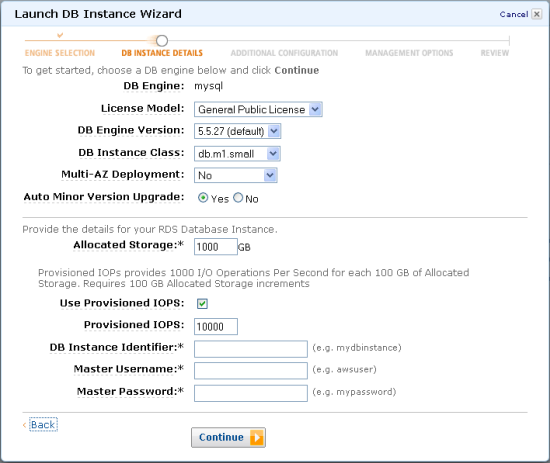A very well put up Blog on Installing AWS Command Line Tools from Amazon Downloads by Eric Hammond. Some useful extract from the Blog.
The following steps show how to install and configure the AWS command line tools provided by Amazon [...]
Install required software packages:
Create a directory where all AWS tools will be installed:
Now we’re ready to start downloading and installing all of the individual software bundles that Amazon has released and made available in scattered places on their web site and various S3 buckets.
These steps should be done from an empty temporary directory so you can afterwards clean up all of the downloaded and unpacked files.
Note: Some of these download URLs always get the latest version and some tools have different URLs every time a new version is released. Click through on the tool link to find the latest [Download] URL.
EC2 API command line tools:
EC2 AMI command line tools:
When you need an AWS command line toolset not provided by Ubuntu packages, you can download the tools directly from Amazon and install them locally.Unfortunately, Amazon does not have one single place where you can download all the command line tools for the various services, nor are all of the tools installed in the same way, nor do they all use the same format for accessing the AWS credentials.
The following steps show how to install and configure the AWS command line tools provided by Amazon [...]
Prerequisites
Install required software packages:
sudo apt-get update sudo apt-get install -y openjdk-6-jre ruby1.8-full libxml2-utils unzip cpanminus build-essential Create a directory where all AWS tools will be installed:
sudo mkdir -p /usr/local/aws Now we’re ready to start downloading and installing all of the individual software bundles that Amazon has released and made available in scattered places on their web site and various S3 buckets.
Download and Install AWS Command Line Tools
These steps should be done from an empty temporary directory so you can afterwards clean up all of the downloaded and unpacked files.
Note: Some of these download URLs always get the latest version and some tools have different URLs every time a new version is released. Click through on the tool link to find the latest [Download] URL.
EC2 API command line tools:
wget --quiet http://s3.amazonaws.com/ec2-downloads/ec2-api-tools.zip
unzip -qq ec2-api-tools.zip
sudo rsync -a --no-o --no-g ec2-api-tools-*/ /usr/local/aws/ec2/
EC2 AMI command line tools:
wget --quiet http://s3.amazonaws.com/ec2-downloads/ec2-ami-tools.zip
unzip -qq ec2-ami-tools.zip
sudo rsync -a --no-o --no-g ec2-ami-tools-*/ /usr/local/aws/ec2/

